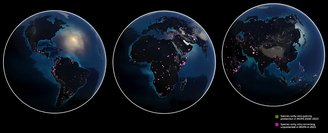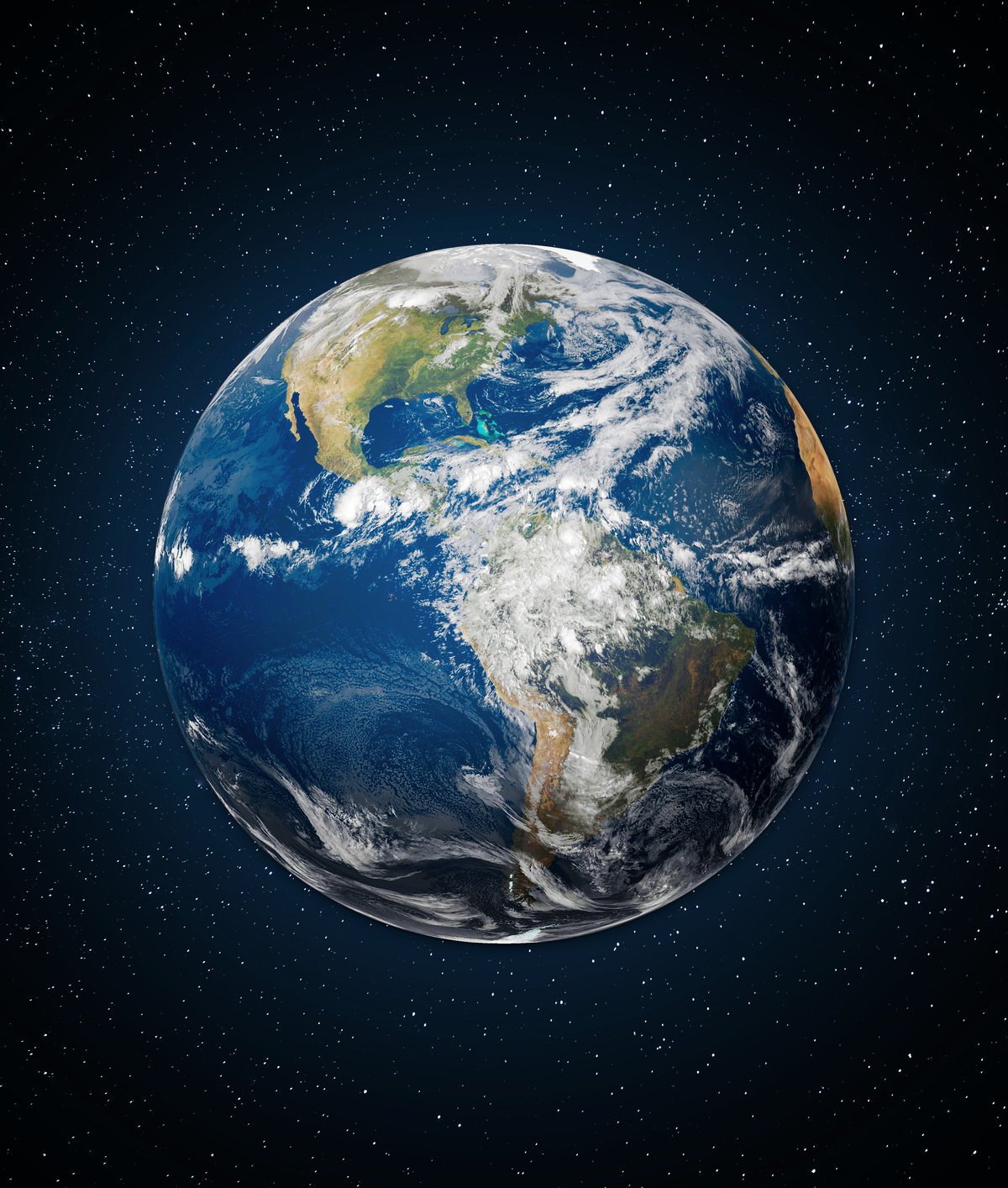A group of researchers and environmentalists affiliated with the North American NGO Resolve wrote in a revolutionary paper recently published in the journal Frontiers in Science. Proposes an unprecedented solution to preserve Earth’s existing biodiversity by protecting an area equivalent to 1.2% of the planet’s surface.
At an affordable cost and with a realistic schedule, the plan identifies areas that need to be protected in time to avoid the most real and imminent extinctions. In total, there are 16,825 currently unprotected areas on 164 million hectares of land, called Conservation Imperatives, which are home to rare or endangered species.
The cost of these thousands of ecological “Noah’s arks” would be approximately US$169 billion (or R$822 billion). The good news is that 38 percent of these refuges are already connected to or located less than 2.5 kilometers from existing conservation areas. This factor will be crucial in reducing land acquisition and management costs.
How are Protection Orders defined?
To identify biodiversity hotspots on the planet, the authors “mapped the distributions of rare and threatened species through six commonly used biodiversity assessments. These locations overlapped with the latest map or global conservation areas.” to identify unprotected places in need of urgent protection”explained Andy Lee, co-author of the study, on the Interesting Engineering platform.
These vulnerable areas of high biodiversity, many of which are refuges for rare and endangered species (such as the Philippine tamaraw), were further enhanced by partial land cover analysis using satellite imagery to identify remaining habitat for these rare mammals. plants and amphibians.
To their surprise and delight, the team found that almost 40% of these hotspots were close to existing protected areas. Additionally, most Conservation Mandates are concentrated in the tropics and are limited to five main countries: the Philippines, Brazil, Indonesia, Madagascar and Colombia.
What will it cost to implement the Safeguarding Obligations?

To arrive at the conservation costs of Conservation Orders, researchers analyzed data from hundreds of environmental protection projects currently implemented around the world. According to the press release, it was taken into account that more than a third of the areas are close to already established conservation zones, which has the potential to reduce both the cost and management of new areas in the long term.
In an interview with Interesting Engineering, Lee said: “We estimate that maintaining all Conservation Obligations in the tropics would cost US$169 billion and US$263 billion globally.” According to the conservation expert, Protecting all sites will be worth $53 billion annually over the next five years“That’s less than 0.2% of U.S. GDP and a tiny fraction of what we spend on fossil fuel subsidies,” the Resolve researcher points out.
According to the authors, protecting these critical areas is not just about protecting fauna, but is part of a larger strategy to protect the planet. This is because in the future protected areas, especially forests, will practically become large carbon sinks, which will help reduce greenhouse gases in the atmosphere.
In this sense, the Protective Orders are only the first step in a global strategy to protect the Earth with four more parts called the Global Security Network, with the specific goal of protecting at least 30% of the land on our planet by 2030.
Stay up to date with the latest studies and scientific research at TecMundo. If you wish, you can also have the opportunity to understand what will happen to the Earth after the extinction of humanity.
Source: Tec Mundo
I’m Blaine Morgan, an experienced journalist and writer with over 8 years of experience in the tech industry. My expertise lies in writing about technology news and trends, covering everything from cutting-edge gadgets to emerging software developments. I’ve written for several leading publications including Gadget Onus where I am an author.













